Disclosure: This article contains affiliate links. We may earn a commission from purchases at no extra cost to you, which helps our travel content.
The first time I stepped off the U-Bahn at Warschauer Straße station, Berlin didn't greet me—it challenged me. This wasn't the postcard Germany of Bavarian castles or beer gardens. This was Berlin: raw, unfiltered, and pulsing with creative energy that seemed to seep through the very concrete beneath my feet. As a night-shift cashier turned urban explorer, I've wandered countless city streets at dawn, but Berlin's alternative scene hits differently—it doesn't whisper its secrets; it spray-paints them across abandoned factory walls and thumps them through basement club speakers until sunrise.
Street Art Odyssey: From East Side Gallery to RAW-Gelände
Berlin wears its history on its walls—quite literally. My exploration always begins at the East Side Gallery, where the remnants of the Berlin Wall have transformed into a 1.3-kilometer open-air canvas. But this is just the commercial face of Berlin's street art scene. The true pilgrimage leads to RAW-Gelände, an abandoned railway repair yard in Friedrichshain that's evolved into an urban art playground.
On my second morning in Berlin, I arrived at RAW just as the spring sun began burning through the morning mist. Armed with my pocket sketchbook and a thermos of coffee, I spent hours documenting layers upon layers of murals—political statements intertwined with surrealist dreamscapes and typographic manifestos. What struck me wasn't just the technical skill but the constant evolution; return a month later and entire walls have been reimagined.
Beyond RAW, Berlin's street art ecosystem thrives in Kreuzberg and Friedrichshain. Follow Dircksenstraße under the railway tracks near Hackescher Markt, or venture to the courtyard at Rosenthaler Straße 39 to find works by international artists like ROA and Blu hiding in plain sight.
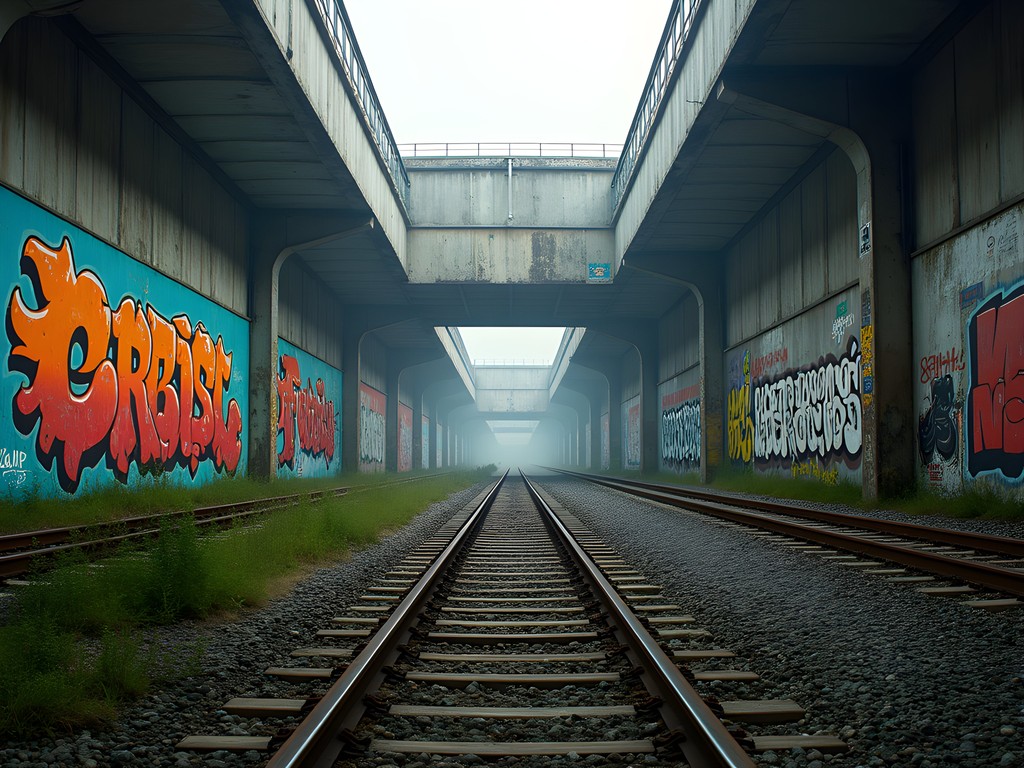
💡 Pro Tips
- Visit RAW-Gelände early morning on weekdays to avoid crowds and capture the best photos
- Download the Street Art Berlin app for self-guided tours with artist information
- Bring a small flashlight for exploring dimly lit urban spaces and abandoned areas
Navigating Berlin's Underground Club Culture
Berlin's nightlife isn't just famous—it's mythological. But forget the tourist traps. The city's true beating heart lies behind unmarked doors and within repurposed industrial spaces where music plays until Monday morning.
Berghain may be the name on everyone's lips, but its notorious door policy has turned away even seasoned clubbers. Instead, I found my rhythm at ://about blank, a former office building with a sprawling garden that comes alive during their summer open-airs. Or Wilde Renate, housed in an old apartment building where each room offers a different musical journey.
On my last visit, I met Leon, a local DJ who shared this wisdom: 'Berlin clubs aren't about seeing and being seen—they're about losing yourself in the music.' This philosophy explains the strict no-photo policies and the plain clothes most Berliners wear to clubs. My noise-canceling earplugs proved essential for preserving my hearing while still enjoying the immersive soundscapes.
For those new to the scene, Kulturbrauerei in Prenzlauer Berg offers a more accessible entry point with multiple venues in one former brewery complex. And remember—patience is crucial. Lines form late, and the best experiences often begin after 2 AM.
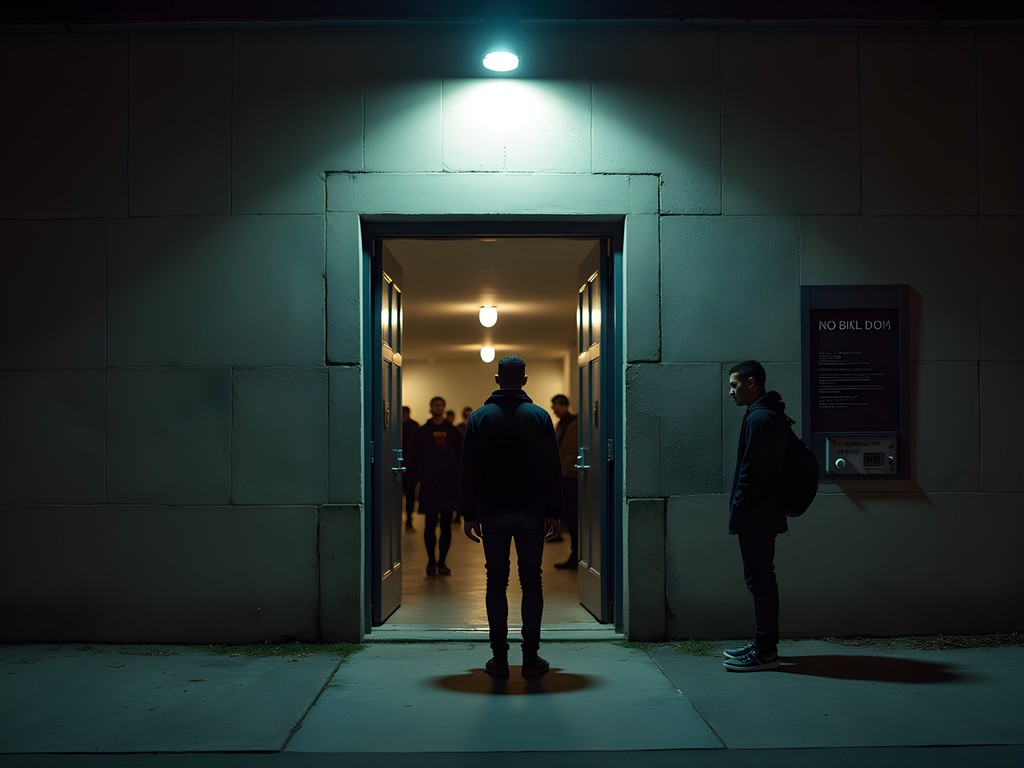
💡 Pro Tips
- Dress down in black or neutral colors to blend in with locals
- Arrive at clubs between 1-3 AM when the energy is building
- Learn basic German phrases for ordering drinks—it goes a long way with bartenders
Berlin's Hidden Hinterhöfe: Courtyard Culture
Beyond the street art and throbbing bass lies my favorite aspect of Berlin: the Hinterhöfe (rear courtyards). These hidden worlds behind unassuming facades reveal the city's true character—where residents live, create, and build community away from tourist eyes.
Hackescher Höfe in Mitte represents the polished version, with its Art Nouveau tilework and boutique shops. But venture deeper into neighborhoods like Neukölln or Wedding, and you'll discover courtyards housing everything from guerrilla gardens to makeshift cinemas and artist workshops.
During my spring visit, I stumbled upon a courtyard off Kastanienallee where residents had created an urban oasis. Shared garden plots burst with early blooms, and a communal table hosted a Sunday brunch where neighbors shared food and stories. I was invited to join after showing interest in their vertical herb garden system—a vertical planter similar to one I'd been eyeing for my Toronto balcony.
Accessing these hidden spaces requires respect and sometimes a bit of luck. Many courtyards are technically private property, so I've found that a friendly nod, a curious smile, and following locals through doors that haven't quite closed works better than barging in with a camera.

💡 Pro Tips
- Look for open doorways during daytime hours—many courtyards are accessible but simply not advertised
- Visit Clärchens Ballhaus for a historic courtyard experience with dancing and dining
- Respect residents' privacy—photograph architecture, not people's homes
Budget-Friendly Berlin: Navigating the City Like a Local
Berlin remains one of Europe's more affordable capitals, but prices have climbed in recent years. As someone who stretches a cashier's salary into meaningful travel experiences, I've mastered the art of experiencing Berlin without emptying my wallet.
Accommodation in trendy neighborhoods can drain your budget quickly. Instead, I've had great experiences at places like The Circus Hostel in Mitte, which offers private rooms at reasonable rates while maintaining the social atmosphere hostels are known for. For longer stays, consider room rental platforms focusing on neighborhoods like Wedding or Moabit—still central but more affordable.
For transportation, forget daily tickets. The Berlin WelcomeCard covers unlimited public transport plus museum discounts, paying for itself after just a few journeys. My waterproof city map proved invaluable during sudden spring showers when my phone battery was low.
Food is where Berlin truly shines for budget travelers. The city's Turkish and Middle Eastern influences mean you can feast on döner kebabs and falafel for under €5. Markthalle Neun hosts Street Food Thursday, where local vendors offer small plates perfect for sampling. For groceries, discount supermarkets like Lidl and Aldi will keep your self-catering costs low.
Free experiences abound: from Sunday karaoke in Mauerpark (spring through fall) to the sobering Holocaust Memorial and the panoramic views from Tempelhofer Feld—a former airport turned public park where Berliners grill, garden, and skate along former runways.
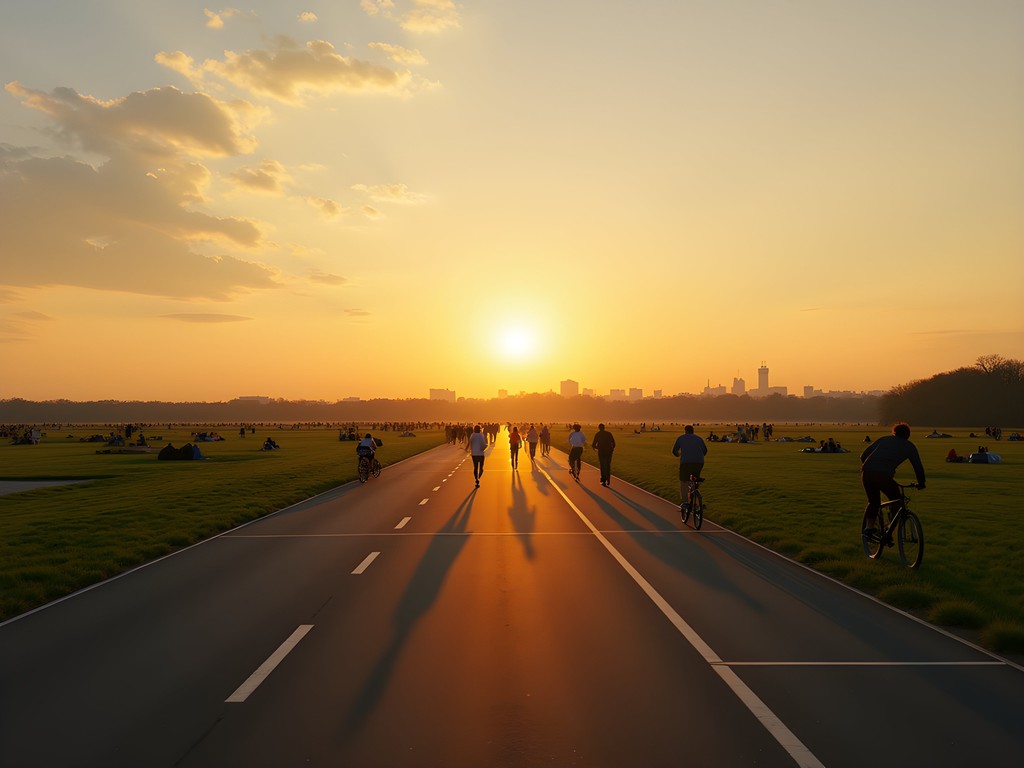
💡 Pro Tips
- Purchase drinks at Späti convenience stores before heading out—they're open late and much cheaper than bars
- Visit museums on their free evenings—most state museums offer free entry for several hours one day per month
- Use the Too Good To Go app to score heavily discounted meals from cafes and bakeries at closing time
Final Thoughts
As my U-Bahn train pulled away from Hauptbahnhof on my final morning, I pressed my palm against the window like a farewell to a friend I'd only just begun to understand. Berlin isn't a city that reveals itself in a weekend—it's more like a conversation that continues long after you've left. The spray-painted wisdom on a Kreuzberg wall said it best: 'Berlin is not a city; it's a promise.'
What makes Berlin's alternative scene so magnetic isn't just its visual boldness or musical innovation—it's the underlying philosophy that spaces can be reclaimed, repurposed, and reimagined by the people who inhabit them. As students and young travelers, you'll find no better classroom for understanding how history and creativity collide to forge something entirely new.
I'll return to Toronto with fresh inspiration for my own urban explorations, but a piece of my heart remains in those graffiti-covered courtyards and basement clubs. Berlin doesn't just welcome visitors—it invites collaborators. So bring your curiosity, your respect, and your willingness to get lost. The city will handle the rest.
✨ Key Takeaways
- Berlin's alternative scene is best experienced by wandering without rigid itineraries
- Respect local customs in clubs and courtyards to access authentic experiences
- Budget-friendly options exist in every aspect of Berlin travel with minimal planning
📋 Practical Information
Best Time to Visit
April-June and September
Budget Estimate
€50-80/day including hostel accommodation
Recommended Duration
3-4 days minimum
Difficulty Level
Easy
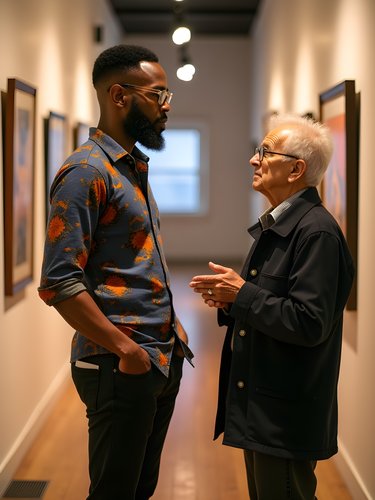
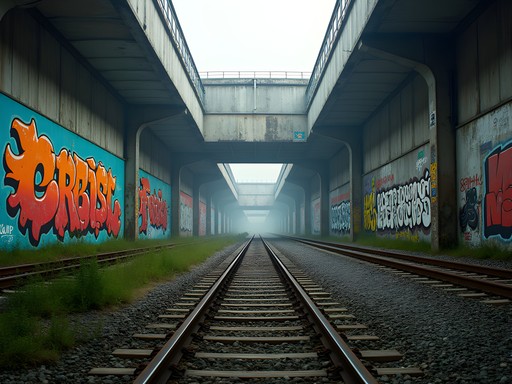

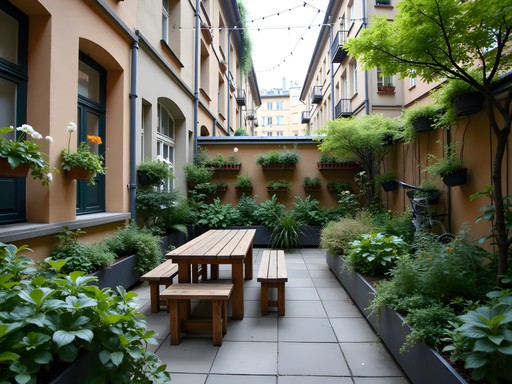
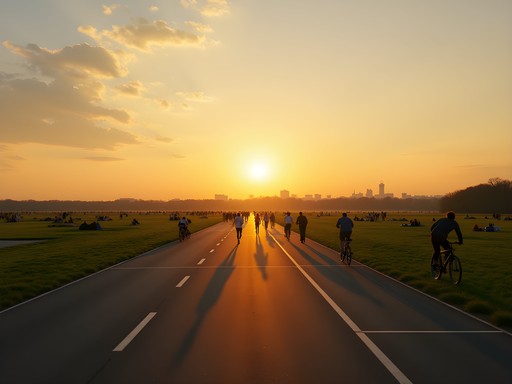



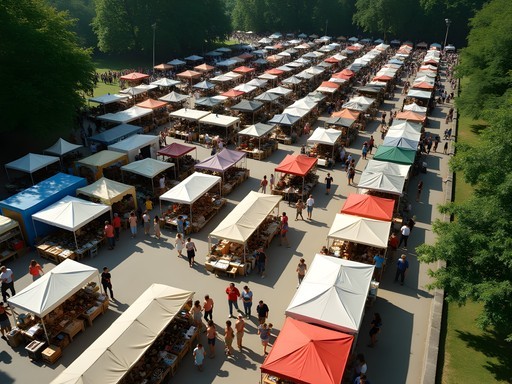
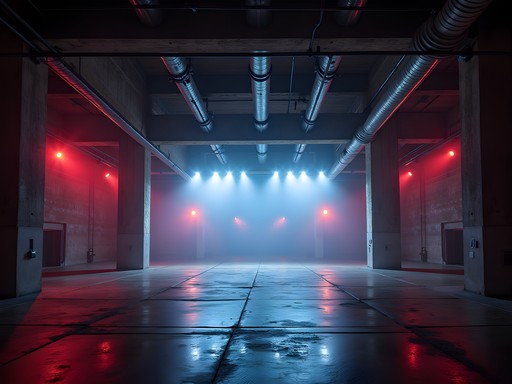
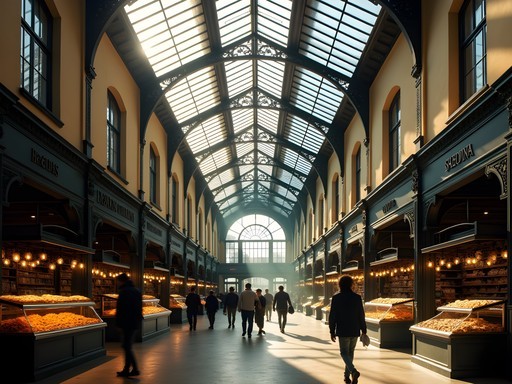
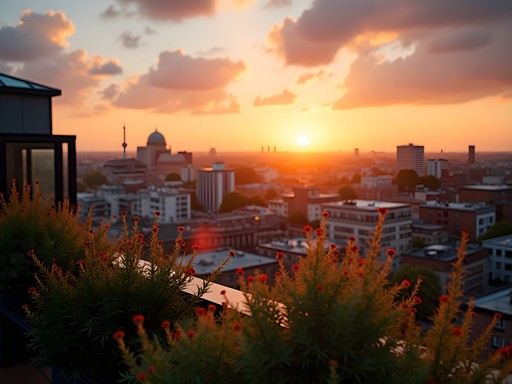



Comments
Douglas Bradley
Aaron's piece captures that distinct Berlin energy that's so hard to define. I'd add that timing is everything in Berlin - the city transforms completely between seasons. Winter offers a more authentic glimpse into local culture when tourist numbers drop and the underground scene retreats indoors to industrial spaces and art collectives. The courtyards section resonated with me - I spent three days just photographing doorways in Prenzlauer Berg that led to incredible hidden worlds. For those following Aaron's footsteps, don't miss Urban Spree's rotating exhibitions and Klunkerkranich for sunset views over a repurposed parking garage. Berlin excels at these contradictions.
artlover22
That shot of the street art in RAW-Gelände is incredible! Who's the artist?
Jean Wells
Having visited Berlin annually since 1998, I've observed its remarkable evolution. The street art scene has transformed from political necessity to cultural institution. Aaron's analysis of RAW-Gelände is particularly astute - it represents Berlin's approach to urban space as perpetually unfinished and collaborative. One element missing from this otherwise comprehensive piece is the significance of Mauerpark on Sundays, where the karaoke sessions embody Berlin's unique blend of performance art and community participation. For those interested in a more structured exploration of Berlin's alternative history, the Subculture Canals tour offers an excellent historical perspective on how these spaces developed.
smartrider4707
Jean, your perspective over decades is fascinating! How have you seen the club scene change? Is it getting more commercial?
Jean Wells
Undeniably. Many venues that were once radical experiments in temporary autonomous zones have become global brands. The spirit persists in smaller, transient spaces, but they're increasingly difficult to access without local connections.
sunsetphotographer
Those street art photos are amazing! Adding Berlin to my list!
skybackpacker
Just got back from Berlin and this article is spot on! The Hinterhöfe courtyards were my favorite discovery - especially in Hackescher Markt area. We found this amazing little coffee shop tucked away in the 3rd courtyard that wasn't in any guidebook. Aaron's right about the U-Bahn too - super easy to navigate once you figure out the zones.
waveguy
Great post! How safe is it to explore these alternative areas at night? Planning my first trip to Berlin this summer and want to experience the underground scene but a bit nervous about wandering into the wrong places.
Douglas Bradley
Berlin is surprisingly safe for a major city. The alternative areas like Kreuzberg and Friedrichshain have lots of people out at all hours. Basic urban awareness is enough - I've walked through RAW-Gelände past midnight without issues. Just avoid flashing expensive gear. I recommend joining a small group night tour first to get oriented. I used this guided tour on my first night which was perfect for getting my bearings before exploring solo.
waveguy
Thanks Douglas! That's really helpful. A guided tour first night makes a lot of sense.
smartrider4707
YES! Aaron captured Berlin's vibe perfectly! I was there last summer and the RAW-Gelände area blew my mind - so many layers of art just stacked on top of each other. We stumbled into this tiny courtyard bar in Friedrichshain that I swear was someone's living room the day before. That's the magic of Berlin - you never know what's behind those doors! The club scene is exactly as described - got rejected at Berghain (of course) but ended up at Tresor and danced until 7am with people from like 15 different countries. Berlin doesn't care who you are, just what energy you bring!
Jean Wells
Interesting perspective. I found Berlin's rejection of traditional tourism infrastructure rather challenging during my visit last autumn. The spontaneity can be refreshing but also exhausting for those who prefer structure.
smartrider4707
That's fair Jean! It's definitely not for everyone. I think that's why I love Aaron's post - he shows both sides. Did you explore any of the hidden courtyards he mentioned?
travel_with_mike
Just got back from Berlin last week and this post captures the vibe perfectly! We stayed in an apartment in a Hinterhof in Friedrichshain and it was like discovering a secret world every time we walked through that entrance arch. The contrast between the stern street facades and the colorful, creative courtyards is such a Berlin thing. One tip for the club scene - we found Tresor and Sisyphos much easier to get into than Berghain, and the experiences were just as authentic. Also, don't miss Urban Spree for art and music in a more relaxed setting.
citywanderer1502
Thanks for the Sisyphos tip! Did you need to speak German at all to get around?
travel_with_mike
Not at all! Everyone in Berlin, especially in the alternative scene, speaks excellent English. I did learn 'Danke' and 'Bitte' just to be polite though.
travelpro
That photo of the East Side Gallery graffiti is spot on! Still looks exactly like that when I visited last summer.
wanderlust_emma
Love this! The RAW-Gelände photos are amazing. Adding this to my bucket list!
Venture X
Premium card with 2X miles, $300 travel credit, Priority Pass